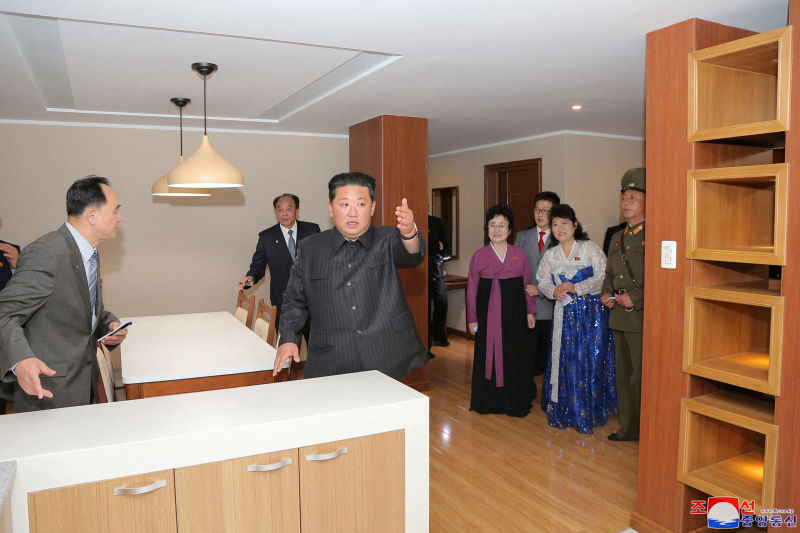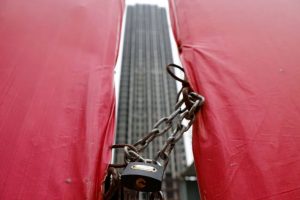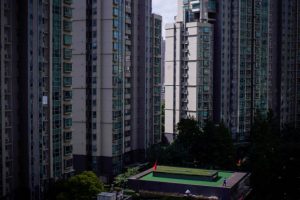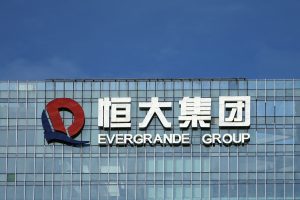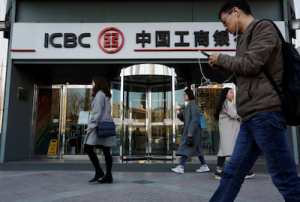For people in many countries, living in a penthouse is the dream. In North Korea? Not so much.
North Korean leader Kim Jong Un keeps building outwardly glamorous high-rise apartment buildings in the capital, Pyongyang, with the latest being an 80-storey skyscraper completed this week.
But defectors and other North Koreans say that unreliable lifts and electricity, poor water supply, and concerns about workmanship mean that historically few people have wanted to live near the top of such structures.
“In North Korea, the poor live in penthouses rather than the rich, because lifts are often not working properly, and they cannot pump up water due to the low pressure,” said Jung Si-woo, a 31-year-old who defected to neighbouring South Korea in 2017.
In the North, he lived on the third floor of a 13-storey building that lacked a lift, while a friend who lived on the 28th floor of a 40-storey block had never used the elevator because it was not working, Jung said.
Asked about the new 80-floor skyscraper opened this week, Jung said he thought Kim was just showing off.
“It’s to show how much their construction skills have improved, rather than considering residents’ preferences,” the university student said.
The North Korean regime assigns housing, as buying and selling of homes or apartments technically illegal in the socialist state.
Spread of Private Markets
But experts say the practice has become common, dabbled in mostly by those who benefited from the spread of private markets under Kim. He has vowed to improve construction quality and build tens of thousands of new apartments.
Its economy has been hammered by self-imposed border closures against Covid-19, natural disasters, and international sanctions for its nuclear weapons and ballistic missile programmes, which the US says draw limited resources away from meeting people’s needs.
On Wednesday, state media said the first 10,000 new apartments had been completed in Pyongyang, from a target of 50,000, and touted the speed of their completion, including the 80-floor skyscraper.
Workers “guaranteed the quality of construction” and the new apartments and other buildings meant for use in education, public health and welfare services would further help make the capital a “people first” city, state news agency KCNA said.
On Thursday state media showed Kim inaugurating another housing cluster, this time for members of the elite, including a famous TV anchor.
They were low-rise buildings, each only a few storeys.
While the power supply improved significantly under Kim, spawning some new nightlife opportunities, North Korea still grapples with shortages and sometimes shoddy infrastructure.
Many have turned to individual solar panels when there are outages and no power. That has brought a rash of buying of small items of consumer electronics, but cannot power amenities such as lifts and water supply.
- Reuters, with additional editing by George Russell
READ MORE:
US Pushes UN for Tougher Sanctions on North Korea
US, Singapore Seek North Korea’s Return to Nuclear Talks
US Holds Up Li Ning Sportswear Over North Korean Labour




